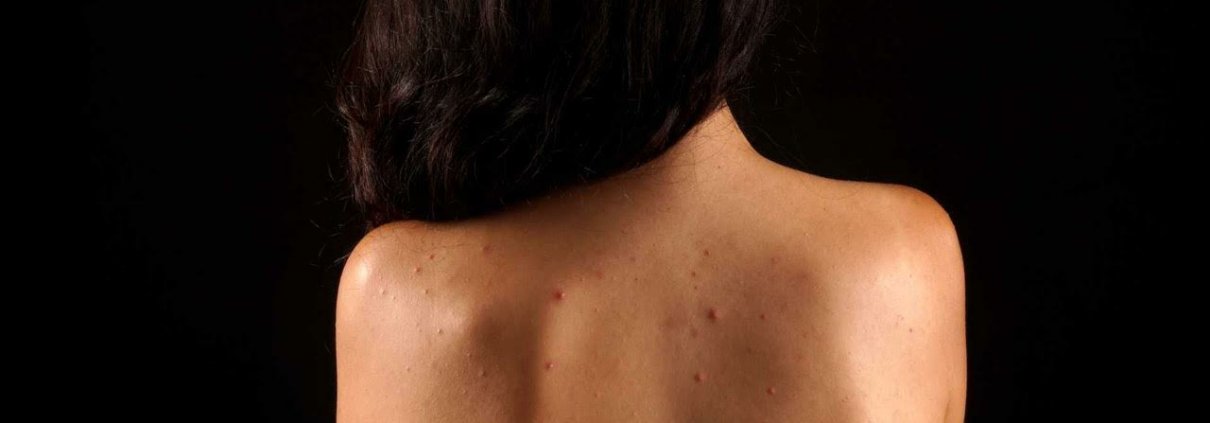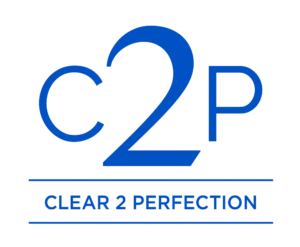Banishing Back Acne: Your Guide to Clearer Skin
Key Takeaways
- Back acne stems from clogged follicles and hormonal changes.
- Preventive measures include hygiene and breathable fabrics.
- Treatments range from topical products to professional procedures.
- Natural remedies, like tea tree oil, offer gentle alternatives.
- Holistic approach and emotional well-being are crucial for success.
Back acne, or ‘bacne’ as it’s colloquially known, is a common yet often overlooked skin condition that can cause significant discomfort and impact self-esteem. Unlike facial acne, which can be more routinely addressed through daily skincare routines, back acne poses unique challenges due to its location. This comprehensive guide aims to unravel the mysteries of back acne, shedding light on its causes, prevention strategies, and the most effective treatments available. Our journey will lead us through the complexities of skin health, empowering you with knowledge and solutions to achieve clearer skin.
Understanding Back Acne: The Root of the Problem
Back acne arises from the same fundamental processes that cause facial acne: the blockage of hair follicles by sebum (oil) and dead skin cells, leading to the formation of pimples, blackheads, and cysts. However, the skin on our back is notably thicker and has more sebaceous (oil-producing) glands, making it an area particularly prone to severe forms of acne.
Hormonal Influences and Lifestyle Factors
Hormonal fluctuations, particularly those associated with puberty, menstruation, and stress, can significantly increase sebum production, exacerbating back acne. Additionally, lifestyle factors such as diet, clothing choices, and exercise habits play critical roles in the development and persistence of bacne.
Prevention: The First Line of Defense
Prevention is paramount in the battle against back acne. Simple adjustments to daily habits can noticeably reduce the frequency and severity of breakouts:
- Hygiene and Shower Habits: Showering after sweating and choosing non-comedogenic body washes can help prevent pore blockage.
- Fabric Choices: Breathable, natural fabrics like cotton allow the skin to breathe, reducing the risk of sweat and bacteria buildup.
- Dietary Considerations: A balanced diet, low in sugar and dairy, may contribute to overall skin health, potentially reducing acne.
Effective Treatments for Back Acne
Treating back acne often requires a multi-pronged approach, combining over-the-counter (OTC) remedies, prescription medications, and lifestyle modifications:
- Topical Treatments: Products containing benzoyl peroxide or salicylic acid can effectively treat mild to moderate back acne by unclogging pores and reducing inflammation.
- Oral Medications: For more severe cases, healthcare providers may prescribe oral antibiotics, hormonal treatments (for women), or isotretinoin, depending on individual needs and medical history.
- Professional Treatments: Chemical peels, laser therapy, and photodynamic therapy are among the advanced options available through dermatologists, offering targeted solutions for persistent bacne.
Home Remedies and Natural Solutions
For those seeking gentler alternatives, numerous home remedies have shown promise in managing back acne:
- Tea Tree Oil: Known for its antibacterial properties, tea tree oil can be a potent natural treatment when diluted and applied to affected areas.
- Apple Cider Vinegar: With its ability to balance pH levels and act as an antibacterial agent, apple cider vinegar can be a useful addition to your skincare arsenal.
The Psychological Impact of Back Acne
Beyond the physical discomfort, back acne can significantly affect one’s self-esteem and body image. It’s crucial to address the emotional toll of bacne, seeking support from friends, family, or professionals when needed. Remember, you’re not alone in this journey.
Embracing a Holistic Approach
Achieving clear skin is a holistic endeavor that encompasses not only topical treatments and medications but also lifestyle adjustments and emotional well-being. Patience, persistence, and self-compassion are key components of any successful skincare strategy.
As we conclude this comprehensive guide to banishing back acne, we invite you to explore further, to ask questions, and to seek personalized advice tailored to your unique skin care needs. For more information, support, or to discover our range of solutions designed for back and body acne, please feel free to contact us. Together, we can embark on a journey towards clearer, healthier skin, empowering you to live your life with confidence and freedom.
FAQs
What causes back acne, and how is it different from facial acne?
Back acne, often referred to as ‘bacne’, originates from the same basic process that causes facial acne—the blockage of hair follicles by a combination of sebum (oil) and dead skin cells, leading to pimples, blackheads, and cysts. However, there are distinct differences between back and facial acne. The skin on the back is thicker and has a higher concentration of sebaceous glands, making it more susceptible to severe acne types. Factors such as hormonal fluctuations associated with puberty, menstruation, and stress, along with lifestyle choices like diet, clothing, and exercise habits, significantly impact the development and severity of back acne. Understanding these differences is crucial to addressing and treating bacne effectively.
How can I prevent back acne?
Preventing back acne involves several proactive steps focused on hygiene, lifestyle, and dietary adjustments. Maintaining proper hygiene, especially showering after activities that induce sweating and using non-comedogenic body washes, can help prevent pore blockage. Choosing breathable, natural fabrics like cotton can reduce sweat and bacteria buildup, decreasing the risk of acne. Furthermore, adopting a balanced diet low in sugar and dairy may improve overall skin health and potentially reduce acne outbreaks. These prevention strategies, combined with regular skin care, form the first line of defense against back acne, aiding in maintaining clearer, healthier skin.
What are the most effective treatments for back acne?
Effective treatment for back acne usually requires a combination of over-the-counter (OTC) remedies, prescription medications, and lifestyle modifications. Topical treatments containing benzoyl peroxide or salicylic acid can unclog pores and reduce inflammation, effectively treating mild to moderate bacne. For more severe cases, healthcare providers may prescribe oral antibiotics, hormonal treatments for women, or isotretinoin, depending on individual needs and medical history. Advanced options available through dermatologists, such as chemical peels, laser therapy, and photodynamic therapy, offer targeted solutions for persistent back acne. Embracing a holistic approach that includes these treatments, alongside lifestyle and dietary changes, can significantly improve the condition of back acne.
Are there natural remedies for managing back acne?
Yes, several natural remedies have shown promise in managing back acne. Tea tree oil, known for its antibacterial properties, can be a potent natural treatment when diluted properly and applied to affected areas. Apple cider vinegar, which can balance pH levels and act as an antibacterial agent, is another useful natural solution. While these home remedies can be effective for some, it’s important to approach them with caution and to test for any adverse reactions on a small skin area first. Integrating these natural solutions with other preventative measures and treatments can offer a gentler alternative to managing back acne.
How does back acne affect psychological well-being, and what support is available?
Beyond the physical discomfort, back acne can significantly affect psychological well-being, impacting self-esteem and body image. The emotional toll of dealing with persistent skin conditions like bacne can lead to feelings of frustration, embarrassment, and isolation. It’s crucial for individuals facing these challenges to seek support from friends, family, or mental health professionals when needed. Creating a supportive community, whether through online forums, support groups, or professional counseling, can provide the necessary encouragement and understanding. Remember, the journey to clearer skin is not only about physical treatment but also about nurturing emotional health and resilience.



